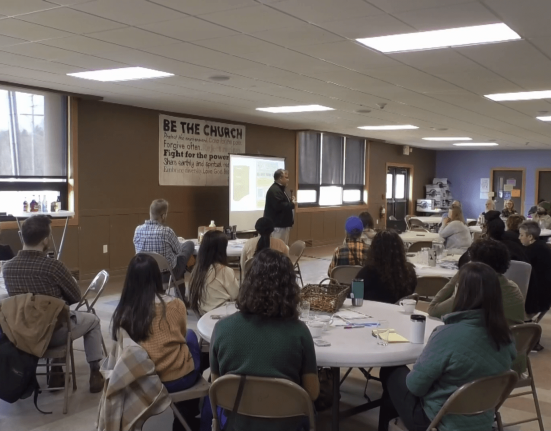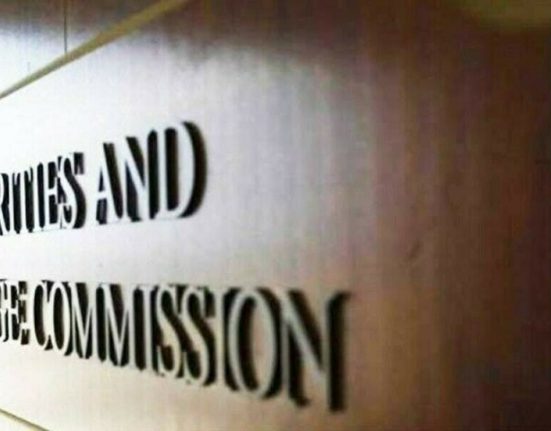Affiliate links for the products on this page are from partners that compensate us (see our advertiser disclosure with our list of partners for more details). However, our opinions are our own. See how we rate mortgages to write unbiased product reviews.
After increasing slightly last week, mortgage rates are back down. Average 30-year mortgage rates inched down four basis points to 6.99% this week, according to Freddie Mac.
“Mortgage rates retreated this week given incoming data showing slower growth,” Sam Khater, Freddie Mac’s chief economist, said in a press release. “Rates are just shy of 7%, and we expect them to modestly decline over the remainder of 2024. If a potential buyer is looking to buy a home this year, waiting for lower rates may result in small savings, but shopping around for the best rate remains tremendously beneficial.”
If you’re hoping to buy a home soon but are waiting for lower mortgage rates , you might want to consider holding off until next year, since rates are expected to continue dropping throughout 2025.
Current Mortgage Rates
| Mortgage type | Average rate today |
|
|
|
|
|
|
|
|
|
|
|
|
|
|
|
|
|
|
|
|
|
Current Refinance Rates
| Mortgage type | Average rate today |
|
|
|
|
|
|
|
|
|
|
|
|
|
|
|
|
|
|
|
|
|
Mortgage Calculator
Use our free mortgage calculator to see how today’s mortgage rates would impact your monthly payments. By plugging in different rates and term lengths, you’ll also understand how much you’ll pay over the entire length of your mortgage.
Mortgage Calculator
$1,161
Your estimated monthly payment
- Paying a 25% higher down payment would save you $8,916.08 on interest charges
- Lowering the interest rate by 1% would save you $51,562.03
- Paying an additional $500 each month would reduce the loan length by 146 months
Click “More details” for tips on how to save money on your mortgage in the long run.
30-year Fixed Mortgage Rates
The average 30-year fixed mortgage rate was 6.99% this week, according to Freddie Mac. This is a four-basis-point decrease from the previous week.
The 30-year fixed-rate mortgage is the most common type of home loan. With this type of mortgage, you’ll pay back what you borrowed over 30 years, and your interest rate won’t change for the life of the loan.
The lengthy 30-year term allows you to spread out your payments over a long period of time, meaning you can keep your monthly payments lower and more manageable. The trade-off is that you’ll have a higher rate than you would with shorter terms or adjustable rates.
15-year Fixed Mortgage Rates
This week, average 15-year mortgage rates were 6.29%, a seven-basis-point decrease from the previous week, according to Freddie Mac data.
If you want the predictability that comes with a fixed rate but are looking to spend less on interest over the life of your loan, a 15-year fixed-rate mortgage might be a good fit for you. Because these terms are shorter and have lower rates than 30-year fixed-rate mortgages, you could potentially save tens of thousands of dollars in interest. However, you’ll have a higher monthly payment than you would with a longer term.
When Will Mortgage Rates Go Down?
Mortgage rates started ticking up from historic lows in the second half of 2021 and increased over three percentage points in 2022. Rates also increased dramatically last year, though they trended back down toward the end of 2023.
As inflation comes down, mortgage rates will recede as well. Most major forecasts expect rates to go down later in 2024.
For homeowners looking to leverage their home’s value to cover a big purchase — such as a home renovation — a home equity line of credit (HELOC) may be a good option while we wait for mortgage rates to ease. Check out some of our best HELOC lenders to start your search for the right loan for you.
A HELOC is a line of credit that lets you borrow against the equity in your home. It works similarly to a credit card in that you borrow what you need rather than getting the full amount you’re borrowing in a lump sum. It also lets you tap into the money you have in your home without replacing your entire mortgage, like you’d do with a cash-out refinance.
Current HELOC rates are relatively low compared to other loan options, including credit cards and personal loans.
How Do Fed Rate Hikes Affect Mortgages?
The Federal Reserve increased the federal funds rate a lot last year to try to slow economic growth and get inflation under control. Inflation has come down a lot in response to this, though it’s still a little bit above the Fed’s target rate of 2%.
Mortgage rates aren’t directly impacted by changes to the federal funds rate, but they often trend up or down ahead of Fed policy moves. This is because mortgage rates change based on investor demand for mortgage-backed securities, and this demand is often impacted by how investors expect Fed hikes to affect the broader economy.
Fed hikes have pushed mortgage rates up over the last two years. But the Fed has indicated that it’s likely done hiking rates and could start cutting in 2024. Once the Fed cuts rates, mortgage rates should fall even further.







